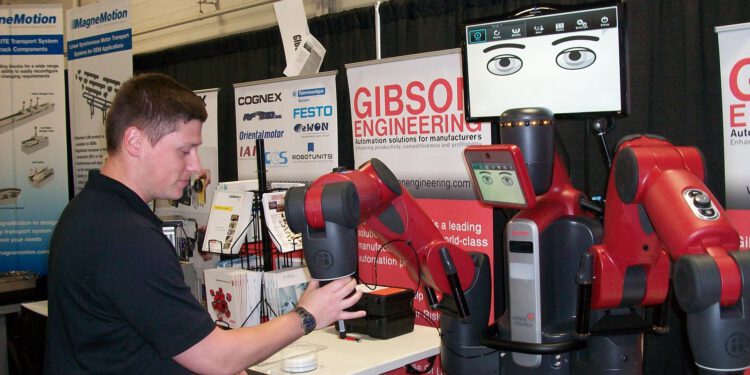A robot has managed to learn certain movements using the knowledge generated by another robot.
The robot at Cornell University, called PR2, learned a long time ago to make a series of moves, which consisted of taking cups from a table and leaving them somewhere else. A team of volunteers taught the machine how to perform these tasks. They guided him in his movements and then he repeated them. Recently PR2 has changed the role of student to that of teacher and he has shown another robot, Baxter, how cups are taken and placed in the right place.
But he hasn’t done it like the human volunteers did to him. PR2’s teaching method has been different (and, by the way, dreamed of by hordes of students over generations). Has consisted of knowledge transfer. Baxter is from Brown University, hundreds of miles away from where his professor was born.
The class has taken place at a distance, of course, and through a shared database called RoboBrainwhich, as its name suggests, aspires to be a sort of central brain of machines in the future. When PR2 learned to take cups and place them on top of upside –down bowls, his knowledge-the information he had received, the way he had processed it and the results obtained– was introduced into RoboBrain.
Later, Brown’s robot, Baxter, turned to RoboBrain and accessed this shared knowledge. He was able to use it to learn himself – a different machine-the actions I had learned PR2. This milestone of robotics and artificial intelligence is a symbolic step, because one of the characteristic signs of human culture is the ease to transmit the knowledge learned.
https://www.youtube.com/watch?v=ndAKINx9wgY
In the case of learning by robots there is a great challenge to overcome. It’s about the physical difference. Next to this aspect the adaptation of the software pales. And each robot is different, with different motors, which they work with other mechanics, as well as disparate weight and strength. An order for a robot to place the arm in a position is not the same as the one that has to be sent to another machine, in order for it to make an equivalent movement.
A team at Brown University had to think about a scheme that allowed communication between the two robotswith its hardware and software. So that the knowledge uploaded to RoboBrain by PR2 would be useful for Baxter.
Image: Rethinkrobotics









